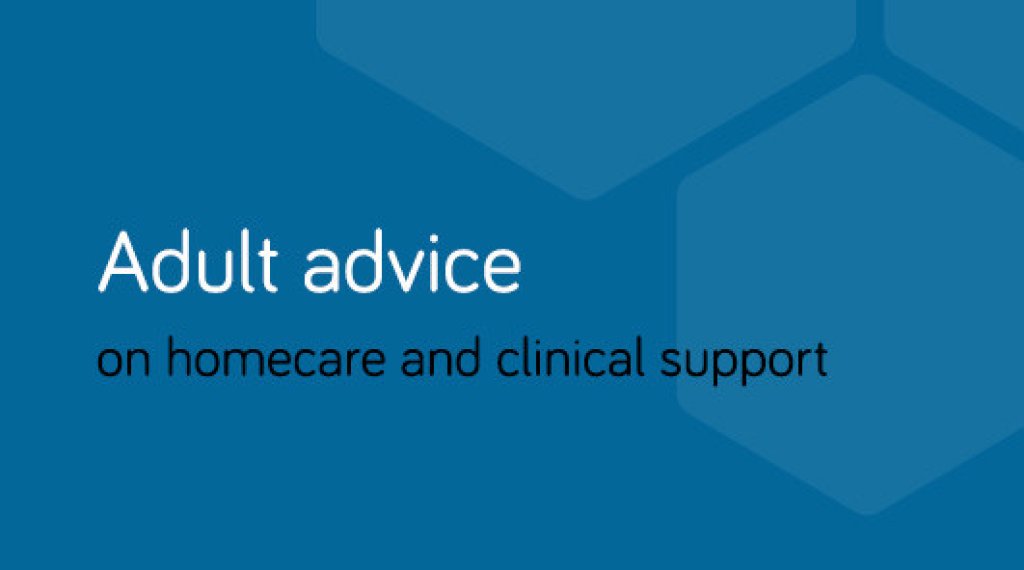Many of you may have received Disability Living Allowance (DLA) and then found that allowance had reduced or been withdrawn when you changed to Personal Independence Payments (PIP) at 16 years old.
I would suggest that if you have previously completed the forms yourself it would be helpful to ask me first to help with the PIP form rather than waiting till you have been turned down, and then struggle to do a Mandatory Reconsideration.
I have generally found that you need to put in a lot more specific examples than members generally do
Points to remember
Having DLA does not automatically mean you will get PIP
A child potentially needs more support than a young person/adult, that is why the claim may be reduced or refused
Mobility component is more stringent, walking distances have reduced
You have to be UNABLE to perform activities for 182 days of the year, this has Implications for Fabry members who only experience periodic “Fabry Crisis”
Medical Assessment
Generally your assessor will not be a doctor, they can be nurses, physiotherapist, occupational therapists, paramedics, but all have some medical background.
They may have read about Fabry but it’s how it affects you as an individual that you need to tell them.
They will ask you about how you manage the everyday tasks such as cooking a simple meal, you need to explain why you cannot do this.
Fabry condition varies so it is important to say when you are unable to function; is it all the time, or just when you have a crisis.
Hints and Tips
Be prepared – refresh your memory on what is written on PIP form.
Take someone with you who knows your condition and can speak up if you forget things.
Remember you are observed from the time you arrive.
Remind the assessor TODAY IS A GOOD DAY - otherwise you would not be attending.
You will be asked to perform some physical movements remember: IF IT HURTS DON’T DO IT YOU WILL NOT BE PENALISED FOR THIS.
Appeals and Tribunals
A revision request must be made in writing – This is a Mandatory Reconsideration- MPS Society can help you go through the reasons refused and look at the descriptors, additional medical evidence may need to be supplied.
A right to appeal will arise once the revision request is considered, appeals are made in writing directly to the First-tier Tribunal and again we can help with this.





